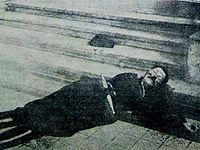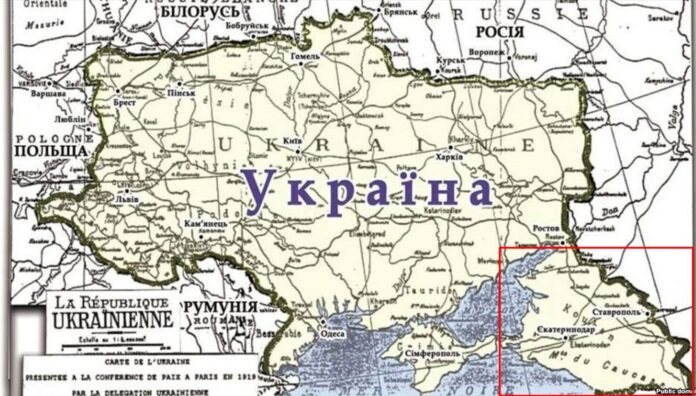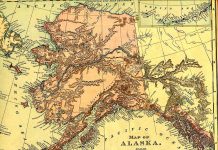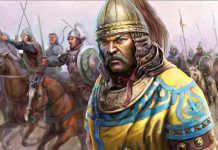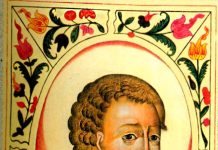Kuban People’s Republic was an anti-Bolshevik state during the Russian Civil War, comprising the territory of the Kuban region in Russia. The republic was proclaimed by the Kuban Rada on 28 January 1918 and declared its independence on 16 February. It included the entire territory of the former Kuban Oblast of the Russian Empire. A few days after the closing of the sessions, the members of the Council voted for a resolution to join a federal structure with Ukraine. In December 1918, the Kuban Rada sent a delegation to the 1919 Paris Peace Conference. By April the delegation put forward its requests for international help for the Kuban as an independent state to be defended from Bolshevism and announced its break from Denikin and refusal to further cooperate in the White Movement. The Kuban People’s Republic was, however, de jure recognized by the Ukrainian People’s Republic, the Azerbaijan Democratic Republic, the German Empire, the Ottoman Empire, the Democratic Republic of Georgia, and the Mountainous Republic of the Northern Caucasus.
In early May of 1917, the Cossack government – the Kuban Military Council – was formed and Mykola Riabovil was elected as its head. In June 1919, Riabovil led the Kuban delegation to the conference in Rostov-on-Don. On June 13, 1919, at the conference, he spoke about the need to unify the state entities of Ukraine, Kuban, Don, Terek, and Georgia on a democratic basis to fight against the Bolsheviks. The very same day he was killed on the steps of the Palace Hotel where he and the delegation stayed.
The Kuban People’s Republic was de facto occupied by the forces of Anton Denikin on 6 November 1919.
It was fully occupied and annexed by the Soviets in the spring of 1920.
Read about how the Ukrainian Cossacks were resettled to Kuban >
